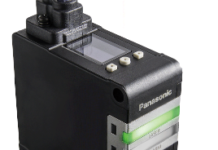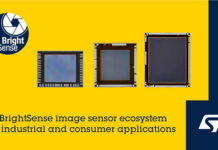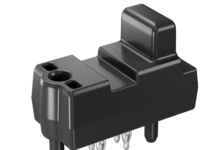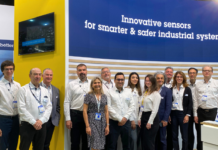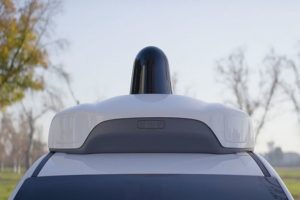
The company suggests buying separate pieces from suppliers is too expensive and leads to poor integration.
Google’s Waymo division is preparing to build its own autonomous sensor suite from the ground up, rather than relying on traditional automotive suppliers.
The company was recently spun off after Google apparently decided it was ready to transition from a ‘moonshot’ project to a formal company. Now focused on bringing its technology to market, the standalone company argues that buying separate sensors from multiple suppliers is too expensive and leads to poor integration.
“For example, a single LiDAR on top of the car cost more than the car itself!” the company writes in a blog post. “That’s why we designed and built all of our self-driving sensors from the ground up, with every part manufactured to safely handle the complex task of full autonomy.”
Waymo suggests it is ‘incredibly valuable’ to have the hardware developed in close collaboration with software experts, allowing every sensor to be deeply integrated with the central computer module.
“A single integrated system means that all the different parts of our self-driving technology work together seamlessly,” the company says. “Like a person’s own five senses, our sensors are more useful and more powerful when we put them all together.”
The in-house developed gear includes LiDAR, vision systems and radar sensors, among other components.
Each prototype Chrysler Pacifica minivan in the company’s fleet includes three custom LiDARs capable of determining which direction a pedestrian is facing. Two ‘first of its kind’ LiDAR modules zoom into long-range objects, allowing the system to see a football helmet at a distance of 200 yards.
The vision system is comprised of eight individual modules, each using multiple sensors, plus an additional forward-facing super-high-resolution multi-sensor module. Together, the components provide a full 360-degree view with wide dynamic range for high performance in extremely dark or bright conditions.
Waymo engineers also claim to have developed improved radar technology that can provide a continuous 360-degree view. It can track vehicles approaching from behind or leading in front. The sensors are also finely tuned to detect pedestrians and cyclists.
“Better hardware gives us better data to develop our software; and as our software become more sophisticated, we get better at optimizing the most important aspects of our hardware,” Waymo claims. “It’s this tight integration that has made the entire suite more robust and more cost effective, bringing self-driving technology closer to reality for more people in more places.”
Google is said to be far ahead of competitors in terms of autonomous prototype miles driven on California roads, though Tesla may have amassed a higher volume of more limited data from its fleet of semi-autonomous production vehicles.
Source: https://www.leftlanenews.com/



